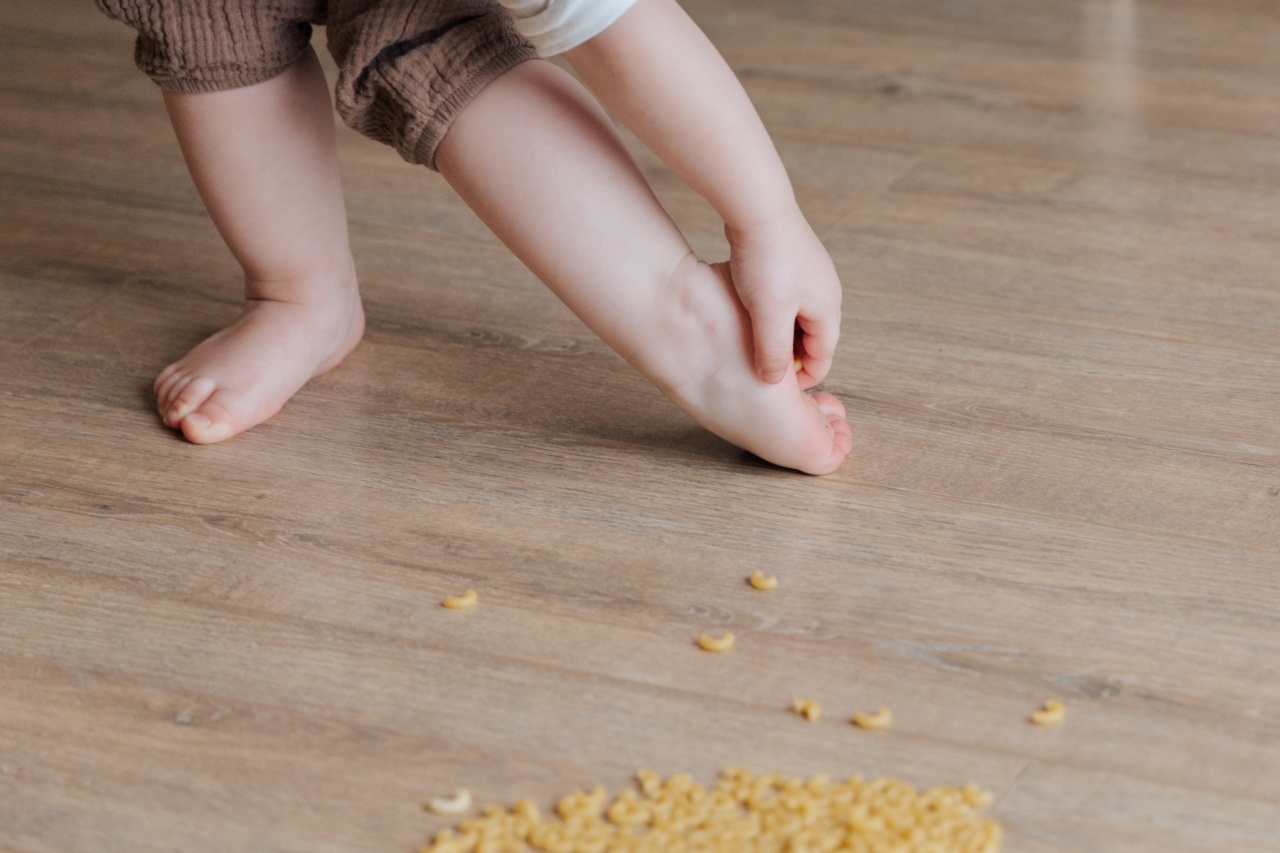Dental sillets are orthodontic appliances that dentists use to correct misaligned teeth. They are usually made of metal, plastic, or ceramic and are attached to the teeth using wires and brackets.
Sillets are an excellent option for those who want to improve their dental alignment but also require flexibility in their orthodontic treatment.
The removable nature of sillets makes them a particularly convenient option for individuals who want to maintain their oral hygiene or have variable dental needs.
However, many individuals who have sillets often wonder when the right time is to remove them. Some may want to keep their sillets on for too long, while others may rush to remove them prematurely. So, when is the right time to remove sillets?.
Factors to Consider before Removing Sillets
Several factors need to be considered before removing dental sillets. Here are some of the major factors to consider:.
Alignment of Teeth
The primary objective of using dental sillets is to align your teeth. Therefore, the first factor to consider before removing sillets is whether your teeth have aligned as per the treatment plan.
Before deciding to remove your sillets, make sure that your teeth are in their desired position and your dental goals have been achieved.
Oral Hygiene
Oral hygiene is critical when it comes to orthodontic treatment. Those wearing sillets need to brush and floss their teeth regularly.
If you have struggled to maintain and keep your dental hygiene, you should consider keeping your sillets on until you can do so efficiently. If you remove the sillets too early, then your dental hygiene may deteriorate, and bacteria may accumulate, leading to gum and teeth problems.
Retention
Orthodontics relies heavily on retention. Once the alignment has been achieved, you need to hold that position to maintain the results.
There are different types of retention options you can opt for, including fixed retainers and removable retainers, to help keep your teeth in their new position. The right time to remove sillets is when your orthodontist has recommended an appropriate retention plan to retain your teeth in their newly aligned position.
Dental Health Concerns
Dental sillets are not recommended for everyone. For example, individuals with gum problems or tooth decay are not suitable candidates for sillets.
If you are experiencing any dental health concerns, you should discuss with your orthodontist to determine whether removing your sillets is appropriate.
Dental Exams and Consultations
It’s highly recommended that you schedule regular dental exams and consultations during your orthodontic treatment. Your orthodontist will monitor your dental progress and provide you with recommendations.
Your orthodontist will advise you on when it is the right time to remove your sillets based on your dental health and other factors.
The Risks of Premature Removal of Sillets
Before removing your sillets, you should be aware of the risks and consequences of premature removal. Here are the major risks of removing sillets too early:.
Teeth Shifting
Removing sillets too early can cause your teeth to shift and move from their new position. Teeth shifting is a typical challenge after completing an orthodontic treatment.
However, removing your sillets before the proper duration and without proper retention increases your chances of experiencing teeth shifting.
Reoccurrence of Misalignments
There is a risk of the misalignments reoccurring if you remove your sillets too early. Orthodontic treatment is a long-term process, and it’s essential to give your teeth enough time to stabilize in their new position to avoid relapses.
To prevent this, adhere to your retention plan and only remove your sillets when advised by your orthodontist.
Dental Hygiene Problems
Removing your sillets prematurely without proper oral hygiene can lead to an accumulation of bacteria, resulting in dental issues. You need to maintain good oral hygiene while wearing your sillets and after removing them to avoid such problems.
The Right Time to Remove Sillets
The right time to remove your sillets depends on several factors, including your dental health, alignment of teeth, and retention plan. Discuss with your orthodontist to determine the right time to remove your sillets.
Typically, it’s advisable to wear your sillets for around six months to a year after your teeth have been aligned before removing them. This period allows your teeth to stabilize in the new position and minimize the risks of shifting and relapse.
Conclusion
Dental sillets are an excellent option for individuals seeking orthodontic treatment with a removable appliance. However, knowing the right time to remove them is crucial to avoid the risks of premature removal.
Before deciding to remove your sillets, consider factors such as the alignment of teeth, oral hygiene, and retention plan to avoid compromising your dental progress.
In addition, make sure to schedule regular dental exams and consultations during your treatment to receive personalized recommendations on when it’s best to remove your sillets.
Remember, always consult with your orthodontist before making any decisions regarding your orthodontic treatment. They can guide you best on when it may be right to remove your sillets.






























